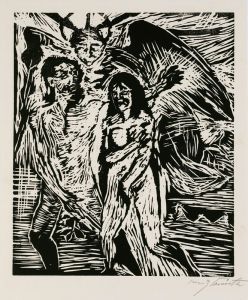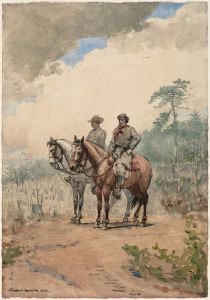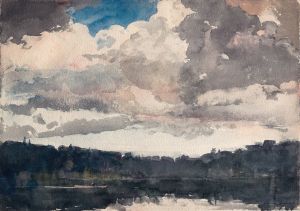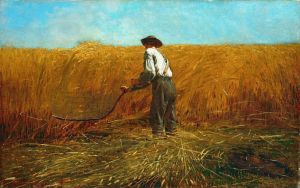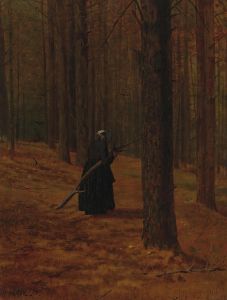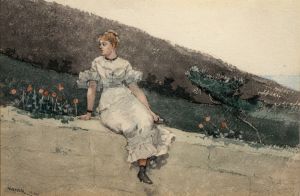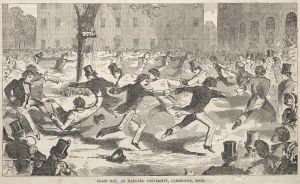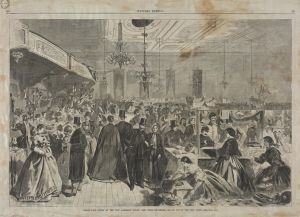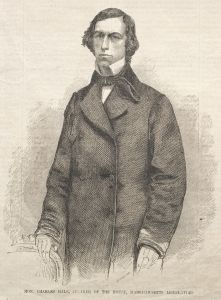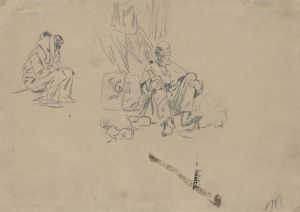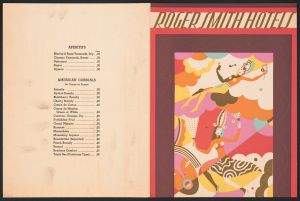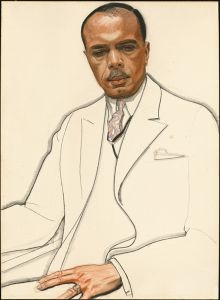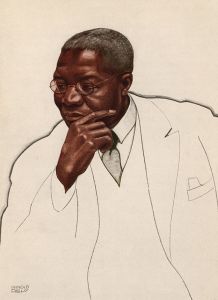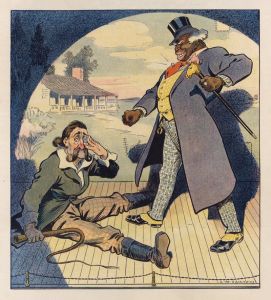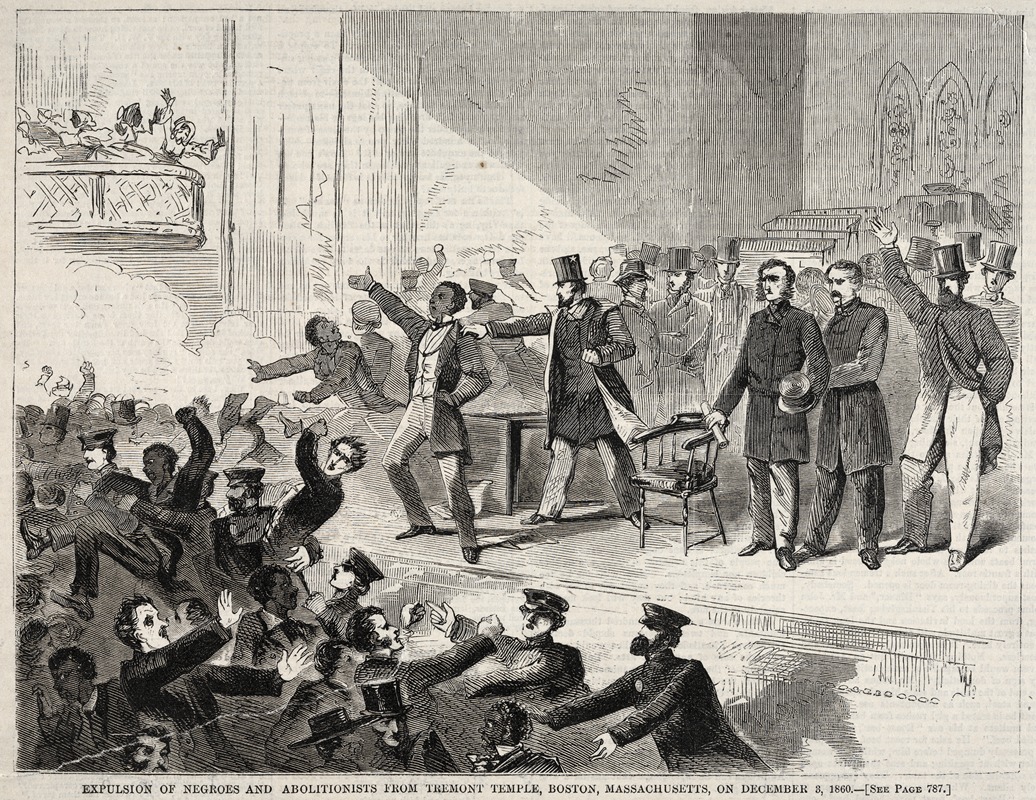
Expulsion of Negroes and Abolitionists from Tremont Temple, Boston, Massachusetts, on December 3, 1860
A hand-painted replica of Winslow Homer’s masterpiece Expulsion of Negroes and Abolitionists from Tremont Temple, Boston, Massachusetts, on December 3, 1860, meticulously crafted by professional artists to capture the true essence of the original. Each piece is created with museum-quality canvas and rare mineral pigments, carefully painted by experienced artists with delicate brushstrokes and rich, layered colors to perfectly recreate the texture of the original artwork. Unlike machine-printed reproductions, this hand-painted version brings the painting to life, infused with the artist’s emotions and skill in every stroke. Whether for personal collection or home decoration, it instantly elevates the artistic atmosphere of any space.
"Expulsion of Negroes and Abolitionists from Tremont Temple, Boston, Massachusetts, on December 3, 1860" is an engraving by the renowned American artist Winslow Homer. This artwork captures a significant historical event that occurred in the United States during a period of intense national division over the issue of slavery. The event depicted took place at Tremont Temple, a Baptist church in Boston, Massachusetts, known for its abolitionist activities and as a venue for anti-slavery meetings.
On December 3, 1860, a meeting was held at Tremont Temple to commemorate the anniversary of John Brown's execution. John Brown was an abolitionist who had been executed a year earlier for his raid on the federal armory at Harpers Ferry, an event that aimed to initiate an armed slave revolt. The meeting at Tremont Temple was organized by abolitionists to honor Brown's efforts and to discuss the ongoing struggle against slavery.
The gathering attracted a diverse audience, including both black and white abolitionists. However, it also drew the attention of pro-slavery sympathizers and individuals opposed to the abolitionist movement. Tensions were high, as the nation was on the brink of civil war, and the issue of slavery was a deeply polarizing topic.
During the meeting, a mob of anti-abolitionists disrupted the proceedings. They forcibly entered the venue, causing chaos and violence. The mob's actions were aimed at silencing the abolitionists and preventing them from voicing their anti-slavery sentiments. This incident is a reflection of the broader societal tensions and conflicts that were prevalent in the United States at the time.
Winslow Homer, who was working as an illustrator for Harper's Weekly, created an engraving of this event. His depiction provides a visual account of the tumultuous scene, capturing the intensity and disorder of the moment. The artwork serves as a historical document, offering insight into the challenges faced by abolitionists and the hostile environment in which they operated.
Homer's engraving is significant not only for its artistic merit but also for its historical value. It highlights the courage of those who stood against slavery and the resistance they encountered. The event at Tremont Temple is one of many instances where abolitionists faced violent opposition, yet it also underscores their determination to fight for justice and equality.
The engraving is a testament to Winslow Homer's skill in capturing contemporary events and his ability to convey the emotional and social complexities of the time. It remains an important piece of American art and history, illustrating the turbulent period leading up to the Civil War and the enduring struggle for civil rights.





